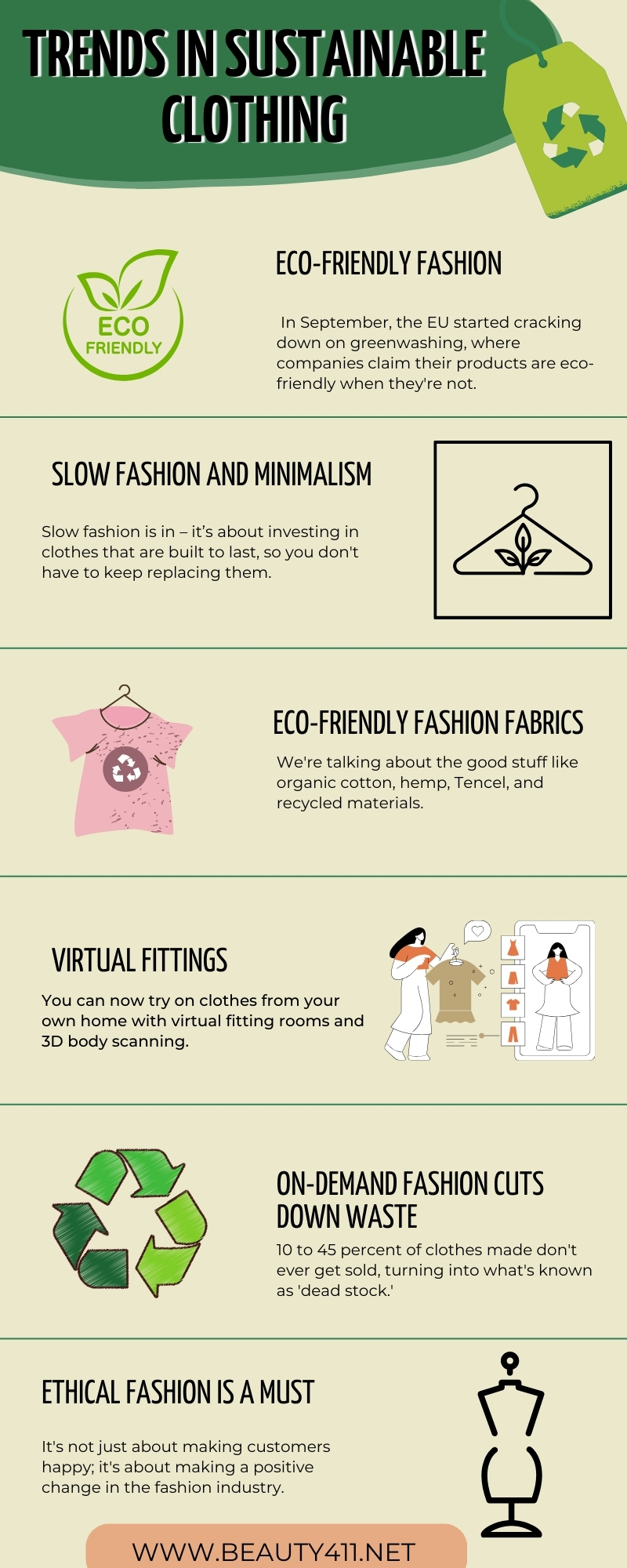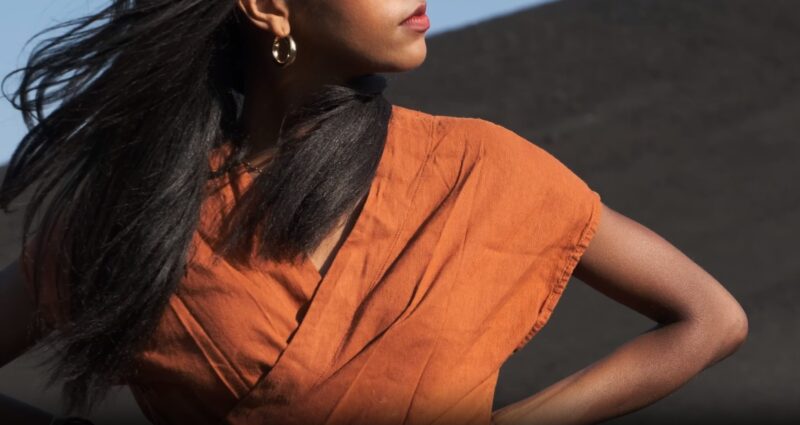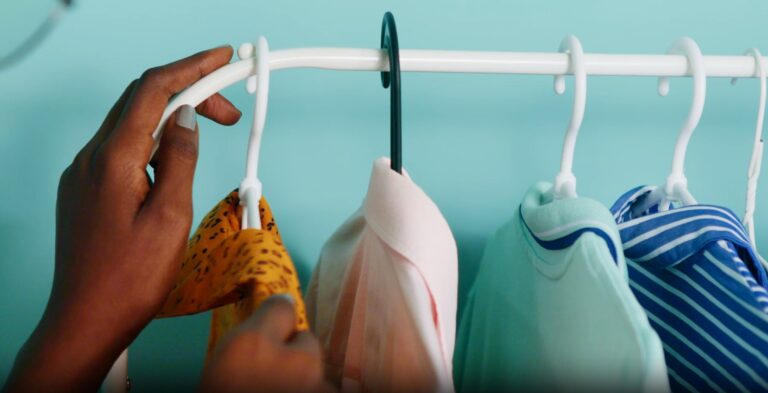It’s 2024, and the sustainable fashion industry still has a lot of work to do to make a real dent in the environmental damage caused by fast fashion.
The fashion industry is responsible for almost 10% of the world’s carbon emissions every year.
This comes from the production of clothes using harmful fossil fuels like coal and oil, emissions from transporting goods, chemical dyes that are bad for our health and water, and the massive amount of water used by the industry.
However, things are starting to change.
This year, we’re seeing new trends in sustainability that could really change the way fashion works, helping to lessen its impact on the environment and push us towards more responsible shopping habits.
Here are the three biggest trends shaping the sustainable fashion industry in 2024.

1. New Rules for Eco-Friendly Fashion
Europe has always been at the forefront of the fashion industry, with cities like Paris, Milan, and London leading the way in luxury and high fashion.
Just last month, the European Union made a bold move by banning the destruction of unsold textiles and shoes, creating a new benchmark for the industry’s sustainable practices.
This is a big deal because it encourages other countries to adopt similar measures.
Additionally, in September, the EU started cracking down on greenwashing, where companies claim their products are eco-friendly when they’re not.
Meanwhile, the US is a bit behind on setting strict rules for sustainable clothing, but with the growing impact of climate change being felt more and more, it’s likely that we’ll see some changes here too.
2. Slow Fashion and Minimalism

This year, there’s a noticeable move away from buying lots of cheap clothes to picking out fewer, higher-quality pieces.
Slow fashion is in – it’s about investing in clothes that are built to last, so you don’t have to keep replacing them.
Stores that get this and offer simple, classic styles are winning over shoppers who want to make smarter, more sustainable choices.
Athleisure is still going strong, too, thanks to more people working from home and getting into fitness.
The pandemic made us all want to dress more comfortably, and it doesn’t look like that’s changing anytime soon.
Reports even say that the market for sporty, comfy clothes will continue to grow until at least 2026.
It’s clear we’re all adjusting to new ways of living and dressing that put comfort and sustainability first
3. The Rise of Eco-Friendly Fashion Fabrics

Shoppers who care about the environment are really making a difference by choosing where they spend their money, and clothing brands are starting to take notice.
In 2024, we’re going to see even more of our favorite brands choosing more sustainable options.
This means not only will brands be looking into ways to repair, resell, and rent their clothes, but they’re also going to use more eco-friendly materials.
We’re talking about the good stuff like organic cotton, hemp, Tencel, and recycled materials.
Plus, there are some really cool new materials on the scene, like leather made from mushrooms (mycelium), pineapple (Piñatex), and even seaweed.
4. Virtual Fittings in 2024

In 2024, shopping for clothes is getting a tech makeover.
Thanks to digital advancements, you can now try on clothes from your own home with virtual fitting rooms and 3D body scanning.
This cool tech lets you see how clothes will fit without having to physically try them on, making shopping easier and more fun. It’s not just about the convenience, though.
By cutting down on the need to ship items back and forth because they don’t fit, we’re also reducing our carbon footprint.
Retailers jumping on the digital and virtual fitting bandwagon are making shopping more sustainable, cutting down on waste, and getting better at managing their stock.
5. On-Demand Fashion Cuts Down Waste
One of the biggest issues in the fashion world is overproduction.
Believe it or not, 10 to 45 percent of clothes made don’t ever get sold, turning into what’s known as ‘dead stock.’
Traditionally, retailers guess what people will buy in advance, leading to this waste. But there’s a better way on the horizon.
On-demand manufacturing is picking up steam. Brands are getting into making clothes only when someone orders them, using cool tech like 3D printing.
This approach helps stop the problem of making too many clothes that no one buys, and it also reduces the pollution that comes from the fashion industry.
6. Ethical Fashion is a Must
In 2024, everyone’s keen to know the story behind their clothes.
Shoppers want their outfits to come from places that pay fair wages and keep their workers safe, and they’re not shy about asking for it.
Retailers are stepping up by choosing to work with suppliers who take sustainability and worker rights seriously.
This means teaming up with suppliers who have a fair-trade stamp, keeping an eye on factories to make sure they’re up to scratch, and being clear about where and how the clothes are made.
It’s not just about making customers happy; it’s about making a positive change in the fashion industry.
Final Words
So, there you have it – the big moves in sustainable fashion we’re seeing in 2024.
From Europe leading the charge with new eco-friendly laws, to the rise of slow clothing and comfy athleisure, and the push for materials that are kinder to the planet.
Plus, tech is making it easier than ever to shop smart with virtual fittings and on-demand manufacturing.
Let’s keep this momentum going!





